The Hot Air Generator is an innovative solution designed to efficiently generate and distribute air for various industrial applications. This device is particularly beneficial in sectors that require consistent and reliable heating, such as food processing, pharmaceuticals, textiles, and chemical industries. By utilizing flue gases, the Thermair system not only enhances energy efficiency but also contributes to environmental sustainability.
How the Thermair Works
The operation of the Thermair is based on a simple yet effective principle. Cold air is drawn into the generator and passed through a series of tubes where it absorbs heat from flue gases that flow over these tubes. This indirect heating process ensures that the air is heated without direct contact with combustion gases, making it a safer and cleaner option for generating hot air.
Key Features
- Air Tube Design: In large capacity models, air flows through tubes while flue gases pass over them, maximizing heat transfer efficiency.
- Compact Construction: Smaller models utilize a smoke tube design, allowing for efficient space management in facilities with limited room.
- Fuel Options: The Thermair can be powered by various fuels including oil and gas, equipped with automatic burners for optimal combustion control.
Benefits of Using the Thermair
- Cost Efficiency: By utilizing waste heat from flue gases, the Thermair significantly reduces energy costs associated with traditional heating methods. This results in lower operational expenses for industries relying on hot air for drying or curing processes.
- Environmental Impact: The use of flue gases minimizes waste and promotes a more sustainable approach to heating, aligning with global trends towards eco-friendly industrial practices.
- Versatility: The Thermair is suitable for a wide range of applications including drying processes in textiles, curing in manufacturing, and even heating in agricultural settings.
- Quick Heating Times: The design enables rapid heating of air, ensuring that production processes are not delayed due to heating inefficiencies.
- Low Maintenance Requirements: With fewer moving parts compared to traditional heating systems, the Thermair requires less maintenance, allowing businesses to focus on core operations rather than equipment upkeep.
Applications of Thermair Hot Air Generators
The versatility of the Thermair makes it an essential component across various industries:
- Food Processing: Used for drying fruits and vegetables or curing meats.
- Pharmaceuticals: Ensures consistent temperatures during product processing.
- Textiles: Facilitates drying processes post dyeing or washing.
- Automotive: Provides necessary heat for painting and curing finishes.
Conclusion
In summary, the Thermair stands out as a leading solution for industries seeking efficient and environmentally friendly heating options. Its innovative design and operational efficiency make it a valuable asset for businesses aiming to reduce costs while maintaining high-quality production standards. By choosing the Thermair, companies not only invest in their operational efficiency but also contribute positively to environmental sustainability.
For more information on how the Thermair can be integrated into your operations or to explore other industrial boiler solutions, please visit Thermodyne Boilers.
Hot air generator related FAQs -
A hot air generator is a device that heats air and distributes it to a specific area. It is often used for industrial purposes, such as drying, curing, and painting. Hot air generators can also be used for home heating and other applications.
Hot air generators work by using a heat source to heat air. The heat source can be a gas, electric, or oil burner. The heated air is then circulated through a system of pipes or ducts to the desired location.
There are two main types of hot air generators: direct-fired and indirect-fired. Direct-fired hot air generators heat air directly with a heat source. Indirect-fired hot air generators heat a heat transfer medium, such as water or oil, which then heats the air.
Hot air generators offer a number of benefits, including:
High heat output
Fast heating times
Efficient operation
Low maintenance
Wide range of applications
The size of the area to be heated
The desired temperature
The type of heat source
The budg
The installation of a hot air generator will vary depending on the type of generator and the manufacturer’s instructions. However, in general, hot air generators can be installed by a qualified professional or by the homeowner.
Far far away, behind the word mountains, far from the countries Vokalia and Consonantia, there live the blind texts. Separated they live in Bookmarksgrove right at the coast of the Semantics, a large language ocean.
Hot air generators require regular maintenance to ensure safe and efficient operation. Maintenance tasks may include:
Cleaning the air filter
Inspecting the heat exchanger
Changing the oil or fuel
Replacing worn parts
Hot air generators can be dangerous if not used properly. It is important to follow all safety precautions when using a hot air generator. Some safety precautions include:
Never leave a hot air generator unattended
Keep children and pets away from the hot air generator
Do not use a hot air generator in an enclosed space
Turn off the hot air generator when it is not in use






